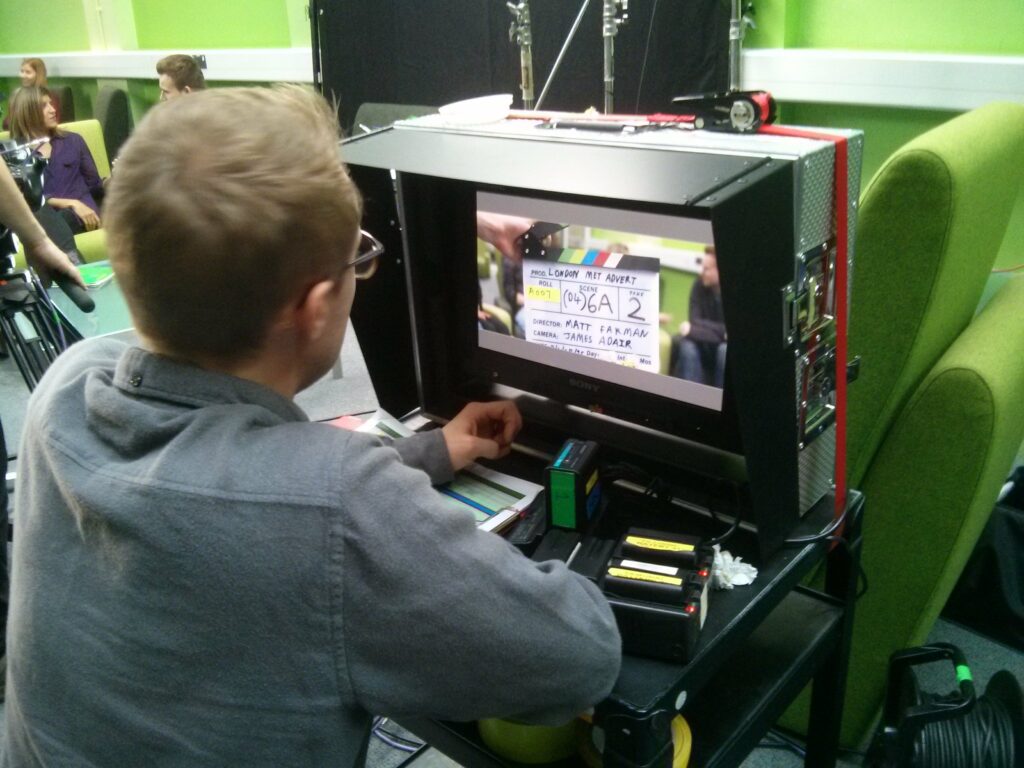How to Create the Perfect Video Marketing Brief for Your School
As the landscape of school marketing continues to evolve, one thing has become increasingly clear: video content is no longer a ‘nice-to-have’—it’s essential.
From virtual tours and alumni testimonials to campaign ads and open day highlights, video helps independent schools stand out in a crowded marketplace. But creating content that truly moves the needle on admissions doesn’t happen by chance—it starts with a well-crafted brief.
Whether you’re working with a production agency or creating content in-house, a clear, goal-driven video brief can make all the difference. Not only does it ensure your time and budget are well spent, but it also lays the foundation for content that genuinely drives engagement, enquiries and applications.
In this post, we’ll walk you through exactly how to write an effective video marketing brief, no matter your budget, team size or experience level. You’ll learn:
- What to include in every brief (and why it matters)
- How to define success and measure ROI
- Tips for aligning your video content with your school’s marketing funnel
- The role of storytelling in connecting with prospective families
Why Your Video Brief Matters
Imagine hiring a photographer for your school’s prospectus shoot and giving them no idea who the photos are for, how they’ll be used, or what story they should tell. That’s essentially what happens when you approach video production without a strong brief.
A clear, comprehensive brief provides direction, sets expectations, and keeps your content aligned with your school’s brand, messaging and goals. It also helps you get more from your investment—by focusing on what really matters and avoiding scope creep or creative confusion.
8 Essential Elements of Every Good Video Marketing Brief
1. Project Overview
Start with a clear, simple summary. What is this video project, and why are you doing it?
Example:
“We want to create a series of three short-form videos to promote our Sixth Form Open Evening. These will be used in paid ads on Instagram and YouTube, targeting parents and students aged 15–17.”
Keep this high-level, but focused. Think of it as your project elevator pitch.
2. Objectives and Goals
This is one of the most critical (and often overlooked) sections.
Be clear about what success looks like. Define measurable objectives, for example:
- Drive 200 clicks to our open event landing page
- Achieve a video view rate of 50% or more on paid ads
- Increase enquiries from Year 5 parents by 15% over the campaign period
Tip: Align your video goals with your broader marketing and admissions objectives.
3. Target Audience
Understanding exactly who your video is for is one of the most important steps in creating effective, high-performing content. Without a clear picture of your audience, you risk producing something that looks great—but doesn’t connect.
Break your audience down using categories like:
Age & School Stage
- Prospective parents of Nursery/Pre-Prep pupils (ages 2–6)
- Families considering Junior/Prep entry (ages 7–11)
- Parents preparing for 11+ or 13+ transition
- GCSE students and parents exploring Sixth Form
- International families considering UK boarding from Year 9+
- Alumni and former parents (legacy, donor, or community content)
Geographic Location
- Local, regional, national and international families
- Expat families looking for UK boarding options
Socioeconomic Profile
- Full-fee families vs. bursary/scholarship-seekers
- First-generation applicants vs. legacy families
Decision-Making Role
- Parents and guardians
- Students themselves (especially teens)
- Extended family (grandparents, guardians)
- Education agents and consultants
Psychographics & Motivations
- Academic ambition, pastoral care, creative arts, SEN support, faith or values
Behavioural Factors
- Cold vs. warm audiences
- Visitors from specific referrers (e.g. ISC, Talk Education)
Platform Preferences
- Parents on Facebook or LinkedIn
- Teens on TikTok, Instagram, YouTube
- International users via agency portals
Why this matters: Your audience affects tone, visuals, channels, and language. Be as specific as possible to drive engagement.
4. Key Messages
What are the 2–3 main things you want viewers to remember?
- Your school’s unique strengths
- Practical details (e.g. open day date, scholarships)
- An emotional takeaway or story-driven message
5. Call to Action (CTA)
What should viewers do next? Register, book a tour, or watch more?
Ensure your CTA matches the stage of the marketing funnel the video targets.
6. Distribution Strategy
Where will the video be shown?
- Paid or organic social media?
- Your website or email campaigns?
- Does it need different formats or subtitles?
7. Timeline and Key Dates
Include script deadlines, filming dates, review periods and launch milestones. Build in time for feedback and amends.
8. Budget Parameters
You don’t need an exact figure—but a range helps manage expectations and guide creative decisions early on.
Measuring Success: Setting Metrics That Matter
Set KPIs that reflect your original objectives. These might include:
- View-through rate (VTR)
- Click-through rate (CTR)
- Engagement: likes, comments, watch time
- Enquiries and application conversions
Use tools like Google Analytics, YouTube Analytics, or Meta Ads Manager. Track using UTM codes or custom landing pages for clear attribution.
Final Thoughts: Start With Strategy, Finish With Results
Video marketing doesn’t have to be daunting or expensive—but it does need a strategy. A strong brief ensures everyone’s aligned, keeps content purposeful, and helps you get maximum ROI.
Whether launching a major campaign or filming something simple, following this guide will give your video the best chance of success.
Want to learn more?
Join our free webinar, “How To Boost Applications at Your School with Video Content”, on Tuesday, September 16th at 12pm.








